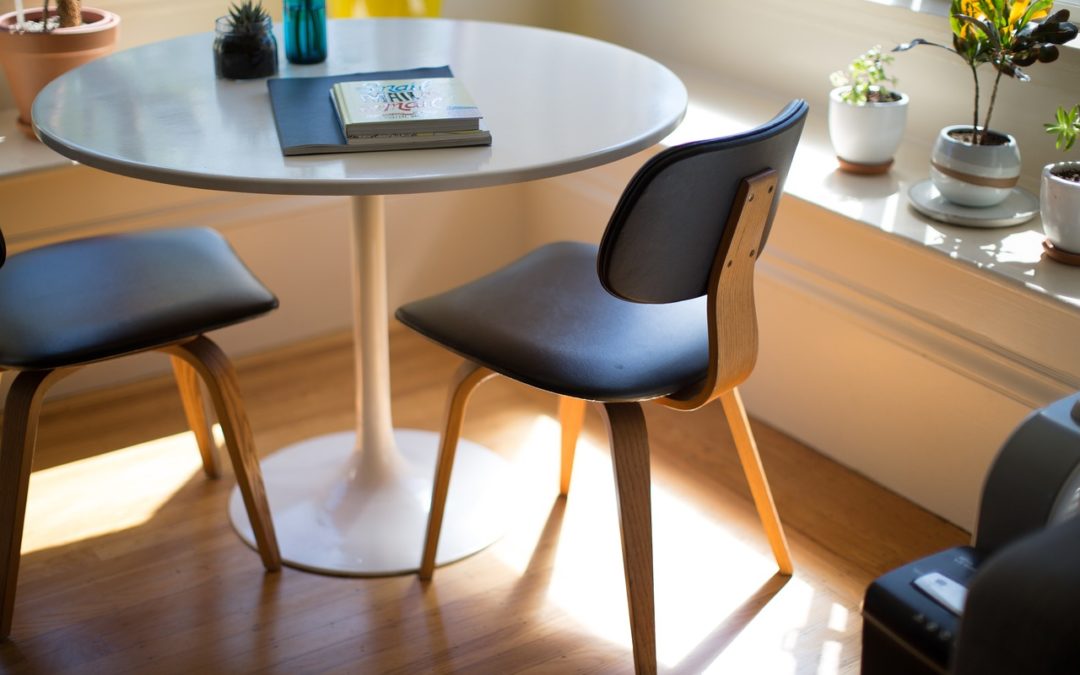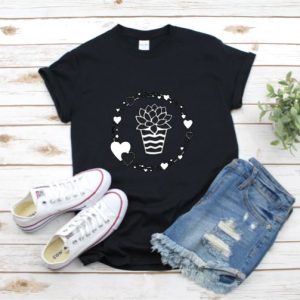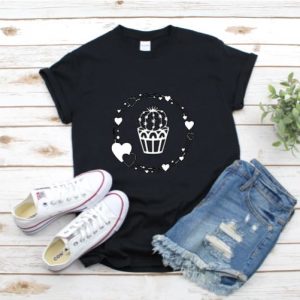Via Pixabay
There’s a strange kind of relief that comes from tossing out an old shirt you never wore—or finally letting go of the fourth spatula in your kitchen drawer. Minimalist living isn’t about stark white rooms or owning only one chair. It’s about stripping away what doesn’t serve you to make space for what does. Functionality, comfort, and peace can all exist within a minimalist home—if you’re willing to be intentional.
The Myth of “Less Equals Less”
People often fear that minimalism means sacrifice. But real minimalism isn’t about having less to brag about it. It’s about designing your space to work better. The idea is to focus on quality over quantity—fewer, better things that serve a purpose. Think of it as curating a gallery, not emptying a warehouse.
When your space only holds what’s useful or meaningful, every drawer opens more easily, every shelf breathes, and every room feels lighter. There’s a psychological shift that happens when clutter no longer rules your life—and it’s deeply freeing.
Start With Friction Points
Where do you feel resistance in your home? The entryway you avoid because it’s always a mess? That overstuffed bathroom cabinet you wince at every morning?
Begin by identifying the spots that irritate you. Don’t try to declutter your whole home in a weekend. Focus on one area that genuinely interrupts your day. Empty it, assess what you use, and reintroduce only those things. Sometimes, what we need isn’t more storage, but less stuff.
Form Follows Function (Really)
Before you toss anything, ask: What’s the job of this room? A living room isn’t just a couch container—it might be for reading, hosting, unwinding, or movie nights. Design around that function.
Use multi-purpose pieces where possible—a bench with storage, a dining table that doubles as a work-from-home desk. Keep surfaces clear but not sterile. The goal is to simplify without stripping personality.
Even larger changes can support minimalism. For example, a home window replacement not only modernizes your look but also invites natural light, making a sparse room feel warmer and more inviting. Function meets form in the best way.
Let Go Without Guilt
One of the biggest challenges of minimalist living is emotional attachment. That breadmaker you’ve used twice in five years? The jeans you’ll wear “when you lose weight”? These items carry narratives but not necessarily value.
Permit yourself to release the objects tied to old versions of yourself. Your space should reflect who you are now, not who you once were or might be someday.
Minimal Doesn’t Mean Empty
Minimalism has room for art. For softness. For life. Add texture with a linen throw. Use books as part of your décor. Hang one bold piece of art instead of a gallery wall. The key is intention—every item should have a reason to exist in the room.
Closing the Door on Clutter
Minimalist living isn’t a goal—it’s a rhythm. A way of checking in with your space and, by extension, your life. Done right, it’s not about what’s missing—it’s about what remains: calm, clarity, and room to breathe.










